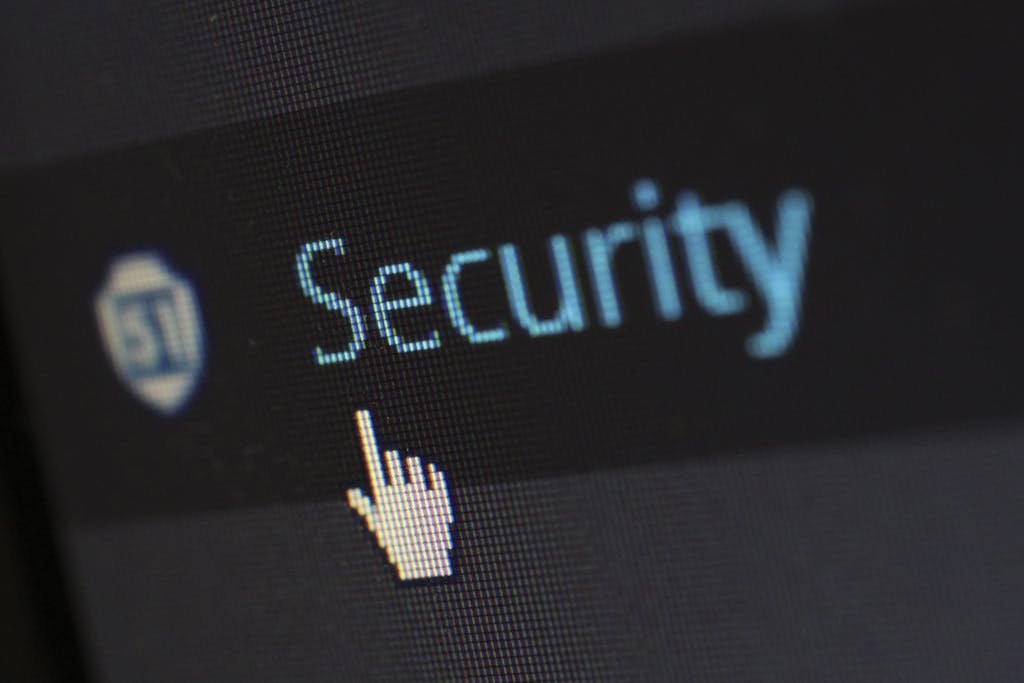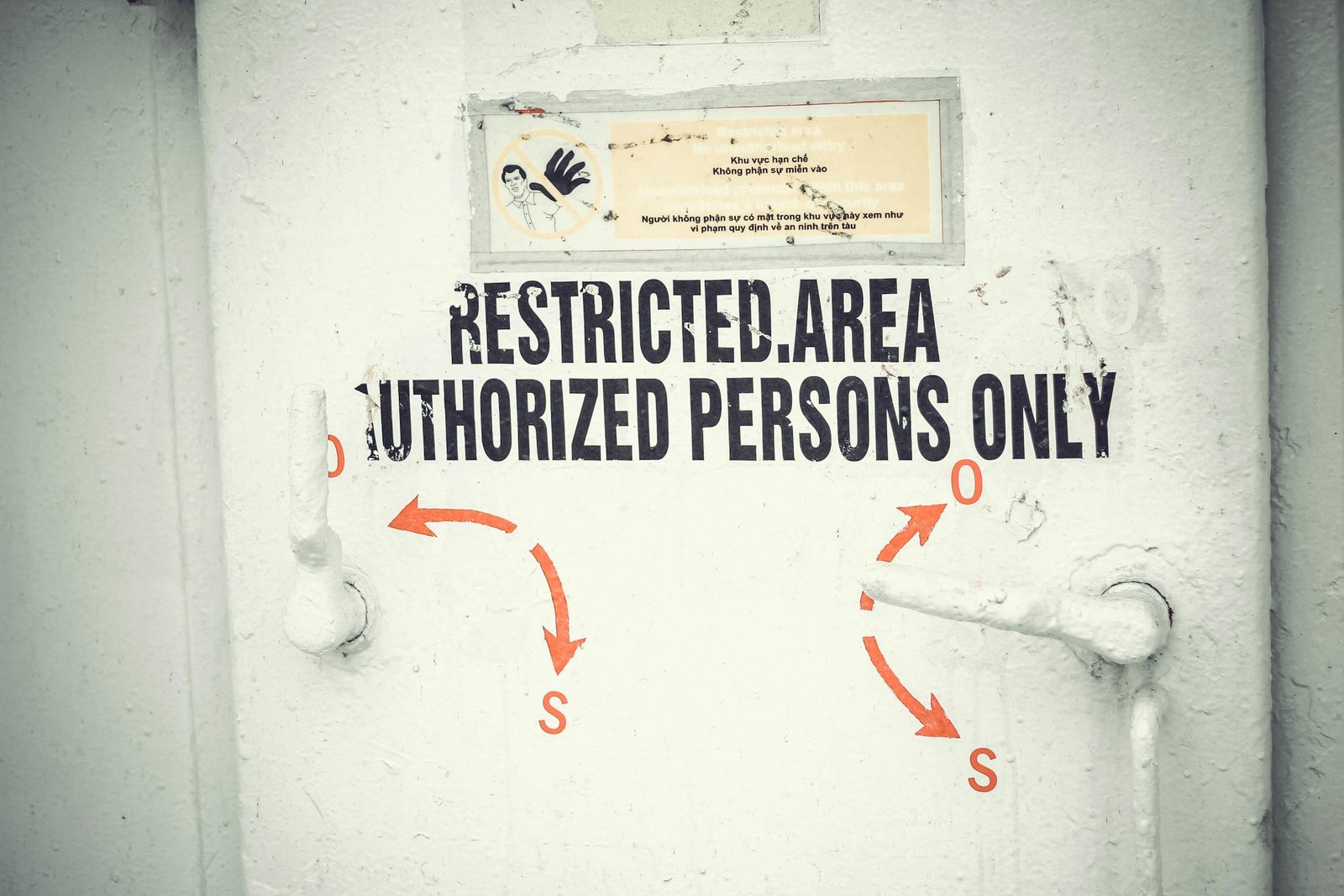How to Comply with NIS2: Human Resources Security, Access Control Policies, and Asset Management
Introduction to NIS2 and Zero Trust Security
The Directive on Security of Network and Information Systems (NIS2) is an essential legislative framework adopted by the European Union to enhance the overall security and resilience of critical infrastructure and services. As cyber threats grow increasingly sophisticated, the need for stringent cybersecurity measures becomes imperative. NIS2 aims to address these challenges by setting out comprehensive requirements for member states and operators of essential services, ensuring an elevated standard of security across the EU.
Central to the NIS2 directive is the concept of Zero Trust security, a paradigm shift from traditional security models. Unlike conventional approaches that often relied on perimeter defenses, Zero Trust operates on the principle of “never trust, always verify.” This model assumes that threats can exist both inside and outside the network, thereby necessitating stringent verification processes for every access request. By limiting access to resources based on the principle of least privilege, Zero Trust minimizes potential attack vectors and reduces the risk of unauthorized access.
Zero Trust security frameworks are crucial in the context of NIS2 compliance. They enforce rigorous authentication and authorization processes, ensuring that only verified and authorized users can access critical systems and data. This approach not only bolsters the security posture of organizations but also aligns with the NIS2 directive’s objective to safeguard essential services against cyber threats.
Moreover, the implementation of Zero Trust principles complements the NIS2 directive’s focus on protecting critical infrastructure. By integrating continuous monitoring and validation mechanisms, organizations can detect and respond to anomalies swiftly, thereby mitigating potential disruptions and safeguarding the integrity of their operations. As such, embracing Zero Trust security is a strategic imperative for entities seeking to comply with NIS2 and fortify their defenses against an evolving threat landscape.

Human Resources Security: Ensuring Trustworthy Personnel
In the context of NIS2 compliance, human resources security is a pivotal aspect that ensures organizations maintain a trustworthy and secure workforce. The first step in this realm involves rigorous vetting processes during recruitment. Potential employees must undergo thorough background checks, including verification of previous employment, criminal records, and educational qualifications. Such due diligence helps in identifying any red flags that might indicate potential security risks.
Once hired, it is crucial to provide comprehensive security training tailored to the specific roles within the organization. This training should encompass a broad spectrum of topics, including data protection principles, cybersecurity best practices, and the specific security policies and procedures of the organization. By doing so, employees are better equipped to recognize and respond to security threats, thereby reducing the likelihood of human error.
Establishing clear security roles and responsibilities is another fundamental aspect of human resources security. Each employee should have a well-defined role with specific security responsibilities that align with their position. This clarity not only enhances accountability but also ensures that security measures are consistently applied across the organization. Moreover, it is essential to enforce a principle of least privilege, where employees are granted the minimum level of access necessary to perform their duties, thereby limiting potential exposure to sensitive information.
Continuous monitoring and reassessment of personnel are critical in preventing insider threats. Regular performance reviews and security audits can help identify any changes in behavior or circumstances that might pose a security risk. Additionally, fostering a culture of openness and communication encourages employees to report suspicious activities or vulnerabilities without fear of retribution.
In summary, human resources security is a critical component of NIS2 compliance. Through diligent vetting, targeted training, clear role definition, and ongoing monitoring, organizations can significantly mitigate the risk of insider threats and ensure a secure and trustworthy workforce.
Implementing Access Control Policies
In the context of a Zero Trust framework, robust access control policies are paramount to ensuring that both users and machines have access solely to the resources essential for their roles. These policies are not just a regulatory requirement but a critical component of a comprehensive cybersecurity strategy. The fundamental principle driving these policies is that trust should never be implicit, thus minimizing potential security risks.
One of the primary steps in implementing effective access control policies is the adoption of Multi-Factor Authentication (MFA). MFA enhances security by requiring users to verify their identity through multiple methods before gaining access. This typically involves something they know (a password), something they have (a phone or security token), and something they are (biometric verification). By introducing multiple layers of verification, MFA significantly reduces the likelihood of unauthorized access.
Another crucial element is Role-Based Access Control (RBAC). RBAC assigns permissions to roles rather than individual users, streamlining the management of access rights. Under this system, users are granted access based on their job functions, ensuring they can only access the information and resources necessary for their duties. This approach simplifies the administration of user permissions and enhances security by limiting access to sensitive data.
The principle of least privilege further refines access control by ensuring that users and machines are granted the minimum level of access necessary to perform their functions. This principle mitigates the risk of an attacker exploiting excessive privileges and gaining access to critical systems or data. Regular reviews and audits of access rights help maintain compliance with this principle, ensuring that privileges are adjusted in response to changes in roles or responsibilities.
By integrating these best practices—Multi-Factor Authentication, Role-Based Access Control, and the principle of least privilege—organizations can create a robust framework for access control. This framework not only aligns with the stringent requirements of NIS2 but also fortifies the overall security posture, protecting critical assets from potential threats.
Asset Management: Maintaining an Inventory of Connected Assets
Effective asset management is a foundational aspect of cybersecurity, particularly in the context of complying with the NIS2 directive. Maintaining a detailed inventory of all connected assets is crucial for enforcing Zero Trust principles. This involves a multi-step process that ensures comprehensive visibility and control over all networked devices and resources.
The first step in maintaining an inventory of connected assets is asset discovery. Organizations must deploy tools and technologies capable of scanning the entire network to identify all devices, including computers, servers, mobile devices, IoT gadgets, and other connected resources. Automated asset discovery solutions can significantly streamline this process, providing real-time insights into what is connected to the network.
Once assets are discovered, classification is the next critical step. Each asset should be categorized based on various parameters such as type, function, ownership, and criticality to the organization’s operations. Classification aids in prioritizing security measures and allocating resources effectively. Tools that offer tagging and categorization features can be particularly useful in this phase, ensuring that each asset’s role and importance are clearly defined.
Management of the asset inventory involves regular updates and maintenance. Given the dynamic nature of modern networks, where new assets are frequently added and old ones decommissioned, it is imperative to have processes in place for continuous monitoring and updating of the asset inventory. Automated asset management systems can facilitate this by providing alerts and updates whenever changes occur, ensuring that the inventory remains current and accurate.
Regular auditing and validation are also essential components of effective asset management. Periodic audits verify the accuracy of the asset inventory and help identify any discrepancies or unauthorized devices. This proactive approach is aligned with Zero Trust principles, emphasizing continuous verification and strict access control.
In summary, maintaining an up-to-date inventory of connected assets is vital for NIS2 compliance and robust cybersecurity. Through diligent asset discovery, classification, and management, organizations can achieve better control and security of their networks, ensuring that they are well-prepared to meet regulatory requirements and defend against potential threats.

Defining and Enforcing Security Policies
Establishing robust security policies is a cornerstone in ensuring compliance with NIS2 requirements. These policies serve as a formalized framework, guiding the organization in safeguarding its information assets and maintaining operational integrity. To begin with, it is essential to define security policies that are comprehensive and tailored to the organization’s specific risk landscape. This involves identifying critical assets, potential threats, and the necessary protective measures.
The process of defining these policies should include a thorough risk assessment, where vulnerabilities are identified, and mitigation strategies are developed. Engaging cross-functional teams in this process ensures that the policies are well-rounded and address various aspects of the organization’s operations. Once defined, these policies must be documented meticulously, outlining the roles and responsibilities of individuals, the protocols for incident response, and the guidelines for maintaining security across different departments.
Implementation of these security policies requires a strategic approach. Organizations must ensure that the policies are communicated effectively to all employees. This can be achieved through comprehensive training sessions, regular workshops, and clear communication channels. It is important that employees understand the significance of these policies and the role they play in upholding them. Consistent enforcement is key to the success of security policies. This can be facilitated by integrating policy adherence into performance evaluations and establishing a system of accountability.
Regular reviews and updates of security policies are critical in adapting to the evolving threat landscape. Organizations should establish a review cycle, where policies are evaluated for their effectiveness and relevance. This involves staying abreast of emerging threats, technological advancements, and changes in regulatory requirements. Feedback from employees and incident reports should also be considered during these reviews to ensure continuous improvement.
By defining, implementing, and regularly reviewing security policies, organizations can create a resilient security posture that aligns with NIS2 requirements, thereby protecting their assets and ensuring compliance.
Monitoring and Auditing Access and Activity
Continuous monitoring and auditing of access and activity are pivotal in ensuring compliance with NIS2. These practices help organizations maintain a vigilant stance against unauthorized access and other security incidents, safeguarding critical information systems.
Security Information and Event Management (SIEM) systems play a crucial role in this process. SIEM solutions aggregate and analyze data from various sources, providing a comprehensive view of an organization’s security posture. By correlating events from disparate systems, SIEM tools enable the detection of complex threats that might otherwise go unnoticed. This real-time analysis allows for the swift identification and mitigation of potential security breaches, ensuring that organizations can respond effectively to emerging threats.
Log management is another essential component of monitoring and auditing efforts. Comprehensive log management involves the collection, storage, and analysis of log data from all relevant systems and applications. This data provides a detailed record of user activities, system events, and security incidents, which can be invaluable for both real-time monitoring and post-incident investigations. By maintaining detailed logs, organizations can trace the origin of security events, identify patterns of suspicious behavior, and ensure compliance with regulatory requirements.
Real-time alerting mechanisms are integral to proactive security management. These systems continuously monitor network traffic, access attempts, and other critical activities, generating alerts whenever anomalous or suspicious behavior is detected. Real-time alerts enable security teams to respond promptly to potential threats, minimizing the risk of data breaches and other security incidents. By leveraging advanced analytics and machine learning, modern alerting systems can distinguish between benign anomalies and genuine threats, reducing the incidence of false positives and enhancing operational efficiency.
In conclusion, the continuous monitoring and auditing of access and activity are indispensable for maintaining compliance with NIS2. Employing SIEM systems, robust log management practices, and real-time alerting mechanisms collectively fortify an organization’s security framework, ensuring comprehensive protection against evolving cyber threats.
Incident Response and Recovery
Developing a robust incident response plan is essential for ensuring compliance with the NIS2 Directive. Such a plan must be meticulously tailored to meet the specific requirements outlined in NIS2, providing a structured approach to managing and mitigating security incidents. The first step in this process involves the clear identification of potential security threats. This can be achieved through continuous monitoring and the deployment of advanced detection systems designed to recognize anomalies and unauthorized activities swiftly.
Once a threat is identified, immediate containment measures should be enacted to prevent further spread and damage. This stage of the incident response plan must include predefined protocols for isolating affected systems, communicating with relevant stakeholders, and initiating backup procedures. Effective containment is critical to minimizing the impact of the incident on the organization’s operations and data integrity.
Mitigation follows containment and focuses on neutralizing the threat. This involves thorough investigation to understand the nature and extent of the incident, followed by the deployment of appropriate remediation tactics. These tactics might include patching vulnerabilities, removing malicious software, or implementing additional security barriers. The goal of mitigation is to restore normal operations while ensuring that any exploited vulnerabilities are comprehensively addressed.
A key component of compliance with NIS2 is the emphasis on post-incident analysis. This analysis should be detailed and systematic, aimed at uncovering the root causes of the incident. Conducting a thorough post-mortem allows organizations to identify weaknesses in their security posture and to develop strategies for enhancing their defenses. Documentation of the incident, including the response and recovery efforts, is also crucial for compliance purposes.
Recovery procedures are the final step, focusing on restoring affected systems and services to their normal state. This phase includes data restoration from backups, system integrity checks, and comprehensive testing to ensure that all systems are secure and fully operational. Post-recovery, organizations should review and update their incident response plans to incorporate lessons learned and improve resilience against future incidents.
By developing and implementing a comprehensive incident response and recovery plan, organizations not only comply with NIS2 requirements but also enhance their overall cybersecurity posture, ensuring a more secure and resilient operational environment.
Continuous Improvement and Compliance Maintenance
Maintaining compliance with NIS2 requires a proactive and ongoing commitment. Continuous improvement and compliance maintenance are critical for ensuring that security measures remain effective and up-to-date. Organizations should implement a structured approach to regularly assess and enhance their security posture. Regular security assessments, such as vulnerability assessments and penetration testing, help identify potential weaknesses and areas for improvement. These assessments should be conducted at least annually or whenever significant changes to the IT infrastructure occur.
Staying informed about regulatory updates is essential for compliance. NIS2 regulations may evolve, and organizations must adapt to these changes promptly. Subscribing to regulatory bodies’ newsletters, attending industry conferences, and participating in relevant training sessions can help keep your organization abreast of the latest developments. Additionally, engaging with external consultants or legal advisors with expertise in NIS2 can provide valuable insights and guidance.
Fostering a culture of security awareness is another cornerstone of continuous improvement. Employees should be regularly trained on security best practices, including recognizing phishing attempts, safe data handling, and secure password management. Regular training sessions, workshops, and awareness campaigns can reinforce the importance of security and compliance. Incorporating security training into the onboarding process for new employees ensures that everyone understands their role in maintaining the organization’s security posture from day one.
Finally, leveraging technology can enhance continuous improvement efforts. Implementing automated tools for monitoring and reporting can streamline the compliance process. These tools can provide real-time alerts and detailed reports, enabling organizations to respond swiftly to potential threats and compliance issues. By integrating continuous improvement and compliance maintenance into the organization’s culture and operations, businesses can better protect their assets and ensure long-term adherence to NIS2 regulations.
For more articles related to technology, please browse around InnoVirtuoso and find more interesting reads.







